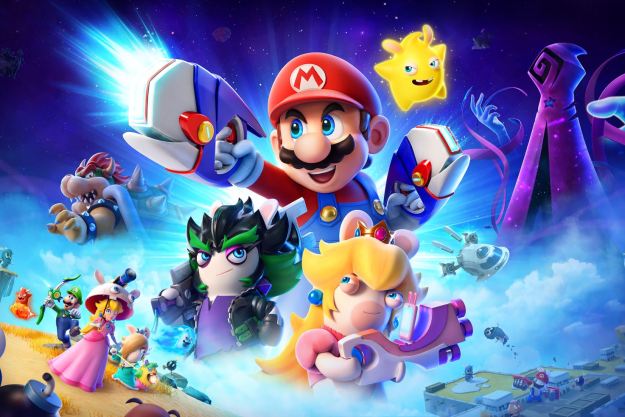New Nintendo 2DS units will swap the handheld’s default color scheme and will hit retail alongside the upcoming Pokémon series sequels Pokémon Sun and Pokémon Moon.
The Nintendo 2DS is designed as a budget-priced alternative to Nintendo’s 3DS handheld, offering much of the same functionality as 3DS units while supporting the same library of retail and digital eShop games. Compared to the 3DS, the 2DS lacks stereoscopic 3D support, has smaller screens, and features single-channel speaker audio, among other drawbacks.
The 2DS price reflects its scaled-back feature set and units can be purchased at retail in North America for $80 or less. The upcoming color-swapped variants, which include pre-installed copies of Nintendo’s popular racing game Mario Kart 7 will also be priced at $80 throughout this upcoming holiday season.
Previously issued 2DS handhelds feature matte black color schemes with minor color embellishments relegated to the unit’s sides and back cover. November’s new units effectively swap this design, adding color to the areas surrounding the device’s front-facing screens. Nintendo attributes the sudden change to an accident at its 2DS factory, documented in the trailer above. As of this writing, it remains unclear whether Luigi’s actions were the result of intentional sabotage or mere incompetence.
Nintendo previously experimented with alternate 2DS color schemes in 2014 when it launched limited-edition units featuring transparent crystal casing. 2DS Crystal Red and Crystal Blue devices sold through their initial shipments quickly and second-hand units surged in price afterward on eBay and other online marketplaces. Nintendo has not announced whether its upcoming color-swapped 2DS variants will also be part of a limited print run.
New 2DS handhelds will roll out at retail across North America in November.
Editors' Recommendations
- Play these 3DS and Wii U games before Nintendo shutters their online features
- What games will Nintendo Switch 2 launch with? We have some ideas
- You need to get this oddball Zelda game for free before the 3DS eShop closes
- The Nintendo 3DS’ best (and weirdest) cult hit is coming to Apple Arcade
- Nintendo’s Wii Shop Channel and DSi shops are back online


